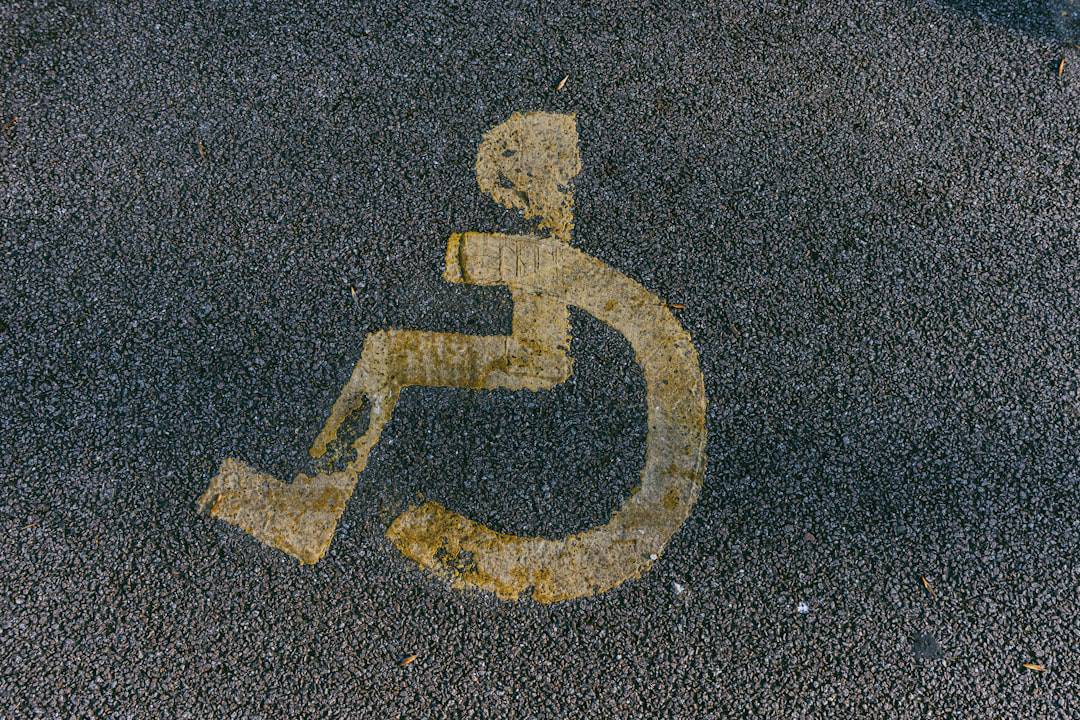Zero Trust Network Access (ZTNA) is a security framework that eliminates implicit trust within an organization’s network infrastructure. Unlike traditional network security models that assume internal network elements are trustworthy, ZTNA adopts a “never trust, always verify” approach. This strategy has become increasingly relevant due to the proliferation of sophisticated cyber threats and the widespread adoption of remote work practices.
ZTNA requires continuous authentication and authorization for all users and devices, regardless of their location or network position. This approach ensures that access to resources is granted based on verified identity and context, rather than network location. The implementation of ZTNA involves several key technologies:
1.
Identity and Access Management (IAM)
2. Multi-Factor Authentication (MFA)
3. Encryption
4.
Micro-segmentation
These technologies work in concert to provide granular access control, enhancing overall security posture and minimizing the risk of unauthorized access and data breaches. By adopting ZTNA, organizations can create a more resilient and adaptable network environment that is better equipped to address contemporary cybersecurity challenges and support distributed workforce models.
Key Takeaways
- Zero Trust Network Access is a security model that eliminates the idea of trust based on location and assumes that every access attempt is a potential threat.
- Implementing Fortinet Zero Trust Access can lead to improved security, reduced risk of data breaches, and better control over network access.
- Fortinet Zero Trust Access enhances network security by providing continuous monitoring, granular access control, and adaptive authentication.
- Key features of Fortinet Zero Trust Access include multi-factor authentication, micro-segmentation, and integration with existing security solutions.
- Implementing Fortinet Zero Trust Access in your network requires careful planning, assessment of existing security measures, and collaboration between IT and security teams.
The Benefits of Implementing Fortinet Zero Trust Access
Fortinet Zero Trust Access offers a wide range of benefits for organizations looking to enhance their network security. One of the key benefits is improved security posture. By implementing ZTNA, organizations can significantly reduce the risk of unauthorized access and data breaches.
This is achieved through the use of advanced authentication and authorization mechanisms that ensure only authorized users and devices can access specific resources. Additionally, ZTNA provides more granular control over network access, allowing organizations to enforce policies based on user roles, device types, and other contextual factors. Another benefit of Fortinet Zero Trust Access is increased flexibility.
With the rise of remote work, organizations need a security solution that can adapt to the changing needs of their workforce. ZTNA allows for secure access to resources from any location and device, without compromising security. This flexibility not only improves productivity but also enables organizations to attract and retain top talent by offering a more modern and convenient work environment.
Furthermore, ZTNA can help organizations achieve compliance with industry regulations and standards by providing a robust security framework that aligns with best practices.
How Fortinet Zero Trust Access Enhances Network Security

Fortinet Zero Trust Access enhances network security by providing a comprehensive and adaptive security framework that addresses the challenges of modern cybersecurity threats. One way it achieves this is through the use of advanced authentication mechanisms such as multi-factor authentication (MFA) and single sign-on (SSO). These mechanisms ensure that only authorized users can access resources, even from remote locations or untrusted networks.
Additionally, ZTNA uses encryption to protect data both at rest and in transit, reducing the risk of data breaches and unauthorized access. Furthermore, Fortinet Zero Trust Access leverages micro-segmentation to create secure zones within the network, limiting the lateral movement of threats in case of a breach. This approach reduces the impact of potential security incidents and provides an additional layer of defense against advanced threats.
Moreover, ZTNA continuously monitors user and device behavior to detect anomalies and potential security risks, allowing organizations to take proactive measures to mitigate potential threats. By combining these advanced security mechanisms, Fortinet Zero Trust Access provides a robust and adaptive security framework that is well-equipped to handle the evolving landscape of cyber threats.
Key Features of Fortinet Zero Trust Access
| Key Features | Description |
|---|---|
| Continuous Authentication | Provides ongoing verification of user identity and device posture. |
| Least Privilege Access | Ensures users have access only to the resources they need for their specific tasks. |
| Micro-segmentation | Divides the network into smaller, isolated segments to minimize the impact of potential breaches. |
| Multi-factor Authentication | Requires users to provide multiple forms of verification before accessing resources. |
| Dynamic Access Control | Adapts access policies based on user behavior and context. |
Fortinet Zero Trust Access offers a range of key features that make it a comprehensive and effective solution for enhancing network security. One of the key features is adaptive authentication, which uses contextual factors such as user location, device type, and behavior to determine the level of access granted. This ensures that only authorized users can access resources, even from untrusted networks or devices.
Additionally, ZTNA provides granular access control, allowing organizations to enforce policies based on user roles, device types, and other contextual factors. Another key feature of Fortinet Zero Trust Access is its use of encryption to protect data both at rest and in transit. This ensures that sensitive information remains secure, even in the event of a breach or unauthorized access.
Furthermore, ZTNA leverages micro-segmentation to create secure zones within the network, limiting the lateral movement of threats in case of a breach. This approach reduces the impact of potential security incidents and provides an additional layer of defense against advanced threats. Additionally, ZTNA continuously monitors user and device behavior to detect anomalies and potential security risks, allowing organizations to take proactive measures to mitigate potential threats.
Implementing Fortinet Zero Trust Access in Your Network
Implementing Fortinet Zero Trust Access in your network involves several key steps to ensure a successful deployment. The first step is to conduct a thorough assessment of your organization’s current network infrastructure and security posture. This will help identify any existing vulnerabilities or areas for improvement that need to be addressed before implementing ZTNOnce the assessment is complete, organizations can begin planning the deployment of ZTNA by defining their security policies and access control requirements.
The next step is to select the appropriate Fortinet Zero Trust Access solution that best fits your organization’s needs. This may involve choosing between on-premises or cloud-based deployment options, depending on your organization’s specific requirements and infrastructure. Once the solution has been selected, organizations can begin the implementation process by configuring the necessary security policies, authentication mechanisms, and access controls.
It is important to involve key stakeholders from across the organization in this process to ensure that the deployment aligns with business objectives and user needs. After the implementation is complete, organizations should conduct thorough testing and validation to ensure that the ZTNA solution is functioning as intended and providing the expected level of security. This may involve conducting penetration testing, user acceptance testing, and performance testing to identify any potential issues or areas for improvement.
Once testing is complete, organizations can begin rolling out the ZTNA solution to end-users and providing training and support to ensure a smooth transition. Finally, ongoing monitoring and maintenance are essential to ensure that the ZTNA solution continues to provide effective security and meets the evolving needs of the organization.
Case Studies: Success Stories of Fortinet Zero Trust Access Implementation

Several organizations have successfully implemented Fortinet Zero Trust Access to enhance their network security and adapt to the changing landscape of cybersecurity threats. One such success story is that of a global financial services firm that implemented ZTNA to secure remote access for its employees. By leveraging Fortinet Zero Trust Access, the firm was able to provide secure access to critical resources from any location and device without compromising security.
This not only improved productivity but also enabled the firm to maintain compliance with industry regulations and standards. Another success story comes from a healthcare organization that implemented ZTNA to protect sensitive patient data and comply with HIPAA regulations. By deploying Fortinet Zero Trust Access, the organization was able to create secure zones within its network, limit lateral movement of threats, and enforce granular access controls based on user roles and contextual factors.
This allowed the organization to enhance its security posture while providing secure access to critical resources for its employees and partners.
Future Trends in Network Security: The Role of Fortinet Zero Trust Access
As organizations continue to face evolving cybersecurity threats and adapt to new ways of working, the role of Fortinet Zero Trust Access in network security is expected to become increasingly important. One future trend is the continued rise of remote work, which will require organizations to provide secure access to resources from any location and device without compromising security. Fortinet Zero Trust Access is well-positioned to address this trend by providing a flexible and secure framework for remote access that aligns with best practices.
Another future trend is the increasing adoption of cloud-based services and infrastructure, which will require organizations to secure their networks beyond traditional perimeter-based approaches. Fortinet Zero Trust Access can play a key role in addressing this trend by providing a comprehensive security framework that extends beyond the traditional network perimeter and adapts to the dynamic nature of cloud environments. Additionally, as cyber threats continue to evolve in sophistication and scale, organizations will need advanced security solutions such as ZTNA to protect their networks from potential breaches and unauthorized access.
In conclusion, Fortinet Zero Trust Access offers a comprehensive and adaptive security framework that addresses the challenges of modern cybersecurity threats while providing flexibility for remote work and cloud-based environments. By implementing ZTNA, organizations can significantly enhance their network security posture while providing secure access to critical resources for their employees and partners. As future trends continue to shape the landscape of network security, Fortinet Zero Trust Access is expected to play an increasingly important role in helping organizations adapt to new ways of working while protecting their networks from evolving cyber threats.
If you’re interested in learning more about the concept of zero trust access and its implications for online communities, you may want to check out this article on resources and further reading for online communities. This article delves into the importance of security and trust within digital communities, which aligns with the principles of zero trust access advocated by Fortinet. Understanding the dynamics of online communities and the need for secure access can provide valuable insights into the implementation of zero trust principles.
FAQs
What is Fortinet Zero Trust Access?
Fortinet Zero Trust Access is a security framework that ensures only authorized users and devices have access to applications and data, regardless of their location.
How does Fortinet Zero Trust Access work?
Fortinet Zero Trust Access uses a combination of identity-based access controls, continuous monitoring, and micro-segmentation to verify and secure access to resources.
What are the benefits of using Fortinet Zero Trust Access?
Some benefits of using Fortinet Zero Trust Access include improved security posture, reduced risk of data breaches, and better control over access to sensitive information.
Is Fortinet Zero Trust Access suitable for all types of organizations?
Fortinet Zero Trust Access can be implemented by organizations of all sizes and across various industries to enhance their security measures and protect their digital assets.
How does Fortinet Zero Trust Access differ from traditional security measures?
Traditional security measures typically rely on perimeter-based defenses, while Fortinet Zero Trust Access focuses on securing access to resources based on identity and context, rather than location.











Leave a Reply